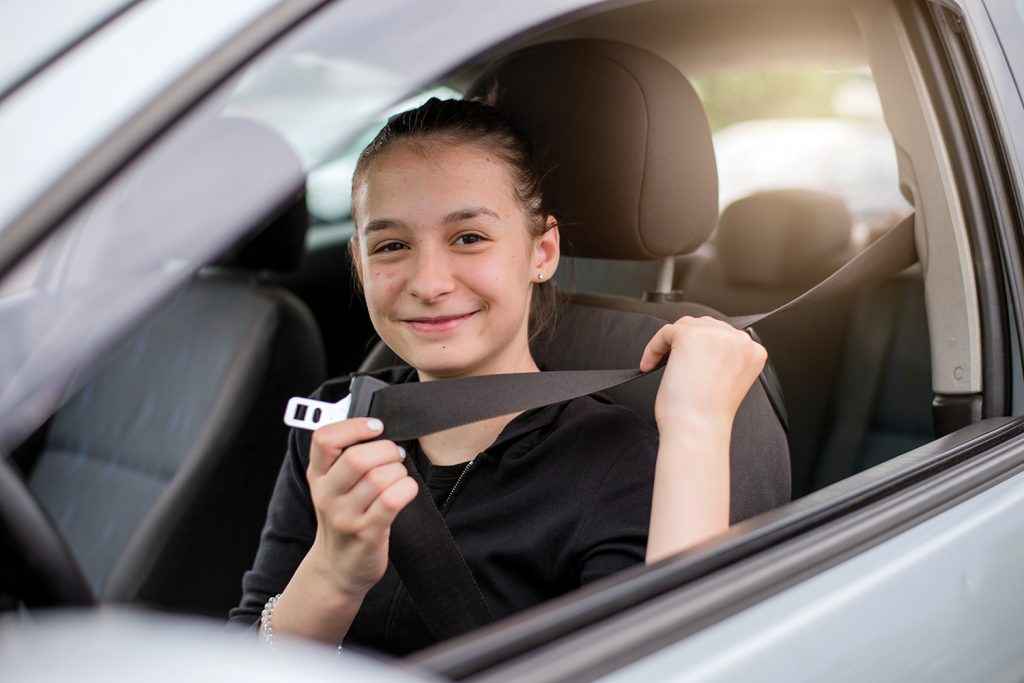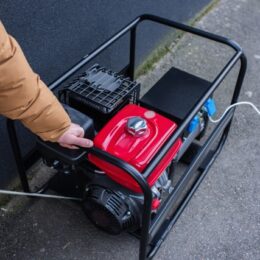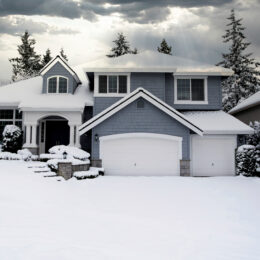
Sleeping in, hanging out by the pool, and earning a little extra money are popular summertime activities for teenagers.
Unfortunately, traffic accidents are also a common occurrence. Those at Indiana’s electric cooperatives remind parents to talk to their teens about safety hazards associated with driving. Parents should definitely discuss safe driving practices that are related to electricity.
Car crashes are the leading cause of death for American teens according to the Centers for Disease Control and Prevention.
Inexperience in vehicle control skills, the willingness to take risks and a poor ability to anticipate and identify hazards all contribute to teen car crashes. Situations such as severe weather and actions of other drivers can also create roadway safety hazards. Various incidents, including strong winds and automobile accidents involving utility poles, can cause power lines to fall across roadways. This is potentially a very dangerous situation, as downed power lines can still be energized.
Drivers should follow these safety tips if they encounter downed power lines on roadways:
- Do not drive over downed power lines.
- If your vehicle is in contact with a downed power line, stay in your car and call 911.
- If the vehicle is on fire, jump out of the vehicle with both feet together and avoid contact with the vehicle and ground at the same time. This allows you to avoid being the path of electricity from the vehicle to the ground.
- Shuffle away with small steps, keeping your feet together and on the ground at all times to minimize the potential for a strong electric shock.
A power outage can affect drivers because it can cause traffic lights to stop working. The Indiana driver’s manual states that if approaching an intersection with a non-operating signal, drivers should stop before entering the intersection. After stopping, drivers should yield the right-of-way to cross-traffic, then proceed with caution.
In addition, Indiana’s electric cooperatives urge teens to be aware that our crews often work along roadways building and repairing power lines and trimming trees.
When drivers come across work zones, whether it’s utility maintenance or highway construction crews, they should slow down and give crews plenty of room to work.
The National Work Zone Safety Information Clearinghouse reports that an average of seven teens are injured in work zones every day.



